The Flying Dragon is a bizarre creature. Also known as a Flying Lizard or Gliding Lizard, this reptile uses modified ribs to glide through the air. Researchers recognize 42 different species of this unique lizard, and categorize them in the taxonomic genus Draco. All of the species live in southern Asia. Read on to learn about the Flying Dragon.
Description of the Flying Dragon
Despite their monstrous name, this little reptile measures just eight inches long on average. Their name originates from their unique wing-like rib cage. Essentially, they look like a regular lizard with a round or semi-round set of wings sticking out between their front and rear legs.
The different species come in a variety of colors and patterns. Many have dark colored scales with impressive camouflage, and bright coloration when they open their makeshift wings.
Interesting Facts About the Flying Dragon
These creatures are interesting just based on their appearance! Learn more fun facts about these lizards below.
- Patagium – You can’t call the modified ribcage a wing, because it technically is not, so what do you call it? Researchers call a modified membrane used to glide or fly a “patagium.” You can find patagia on flying squirrels, bats, flying frogs, and more. Even though bats have true wings, theirs gain height via a membrane rather than feathers.
- Gular Fold – The patagium isn’t the only interesting membrane on these creatures. Like some other lizards, flying lizards have a brightly colored gular fold. This is a foldable membrane that they can extend to create territorial or breeding displays.
- Arboreal Animals – These little reptiles rarely leave the trees if they can help it. In fact, the only time they ever descend to the forest floor is to lay their eggs. This means males climb up the trees when they hatch and never return to the ground again!
Habitat of the Flying Dragon
Because they must live in trees, these lizards primarily inhabit forest habitats. Tropical rainforests are their most common ecosystem. They live at sea level, and some species also inhabit mountainous regions. Researchers have not thoroughly studied the habitat preferences of many species.
Distribution of the Flying Dragon
Different species occupy vastly different ranges. Some populations live across wide regions, while others inhabit just a small area or single island. You can find all of the different species of Flying Dragons in southern Asia, including India, Borneo, the Philippines, and much more.
Diet of the Flying Dragon
All of the various Flying Lizard species are insectivores, which means they feed on insects. Of course, their diet is restricted by their size and where they live. Most eat termites, ants, and similar small insects and invertebrates. They are ambush predators, and usually wait for prey to come to them.
Flying Dragon and Human Interaction
Human impact varies from species to species. Some species have healthy populations and humans do not impact them adversely, but others face severe population decline. Each species faces its own unique dangers, but their primary threat is habitat destruction.
Domestication
Humans have not domesticated these lizards in any way.
Does the Flying Dragon Make a Good Pet
No, this reptile does not make a good pet. In most places it is illegal to own this lizard as a pet.
Flying Dragon Care
Very few zoos house these creatures, and those that do usually only house a single species. Because of this, we do not know exactly what goes into the care of these creatures. However, we can assume you should replicate their wild habitat as closely as possible.
As relatively small reptiles, their enclosures do not need to be excessively large. They should have a variety of branches and vegetation for the reptiles to jump and glide between. Zookeepers likely feed them a variety of ants, termites, and small insects.
Behavior of the Flying Dragon
Scientists know very little about the behavior of these flying reptiles. We do know that most species are diurnal, or active during the day. They forage for small prey, and glide from one tree to another when they need a new hunting location. They do not use this behavior to escape predators.
Reproduction of the Flying Dragon
Like behavior, researchers know little about the breeding habits of these reptiles. Different species and populations in different regions have different breeding seasons. Males use their gular flap to display to females when courting.
After mating, the female climbs to the ground and digs a shallow nest. They lay several eggs in the ground, though clutch size varies based on the species. The incubation period lasts about one month. When the young hatch they are fully independent and do not receive any care or protection from their parents.


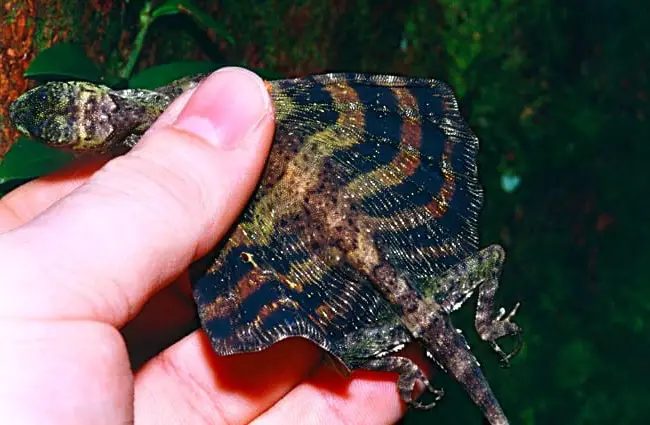
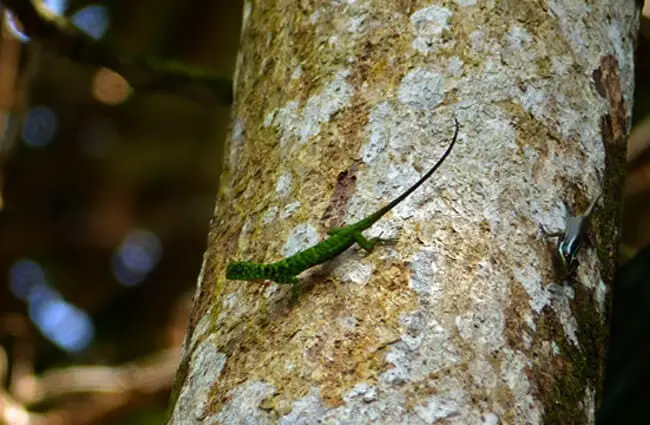


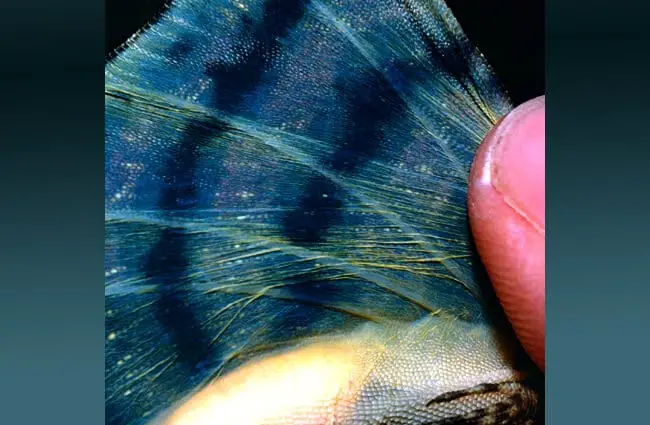
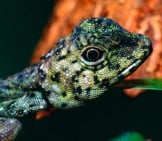
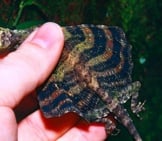
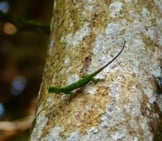
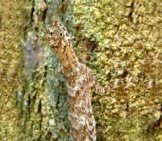
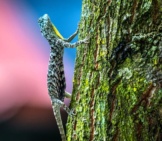

![Red Angus Closeup of a beautiful Red Angus cowPhoto by: U.S. Department of Agriculture [pubic domain]https://creativecommons.org/licenses/by/2.0/](https://animals.net/wp-content/uploads/2020/03/Red-Angus-4-238x178.jpg)












![Red Angus Closeup of a beautiful Red Angus cowPhoto by: U.S. Department of Agriculture [pubic domain]https://creativecommons.org/licenses/by/2.0/](https://animals.net/wp-content/uploads/2020/03/Red-Angus-4-100x75.jpg)

